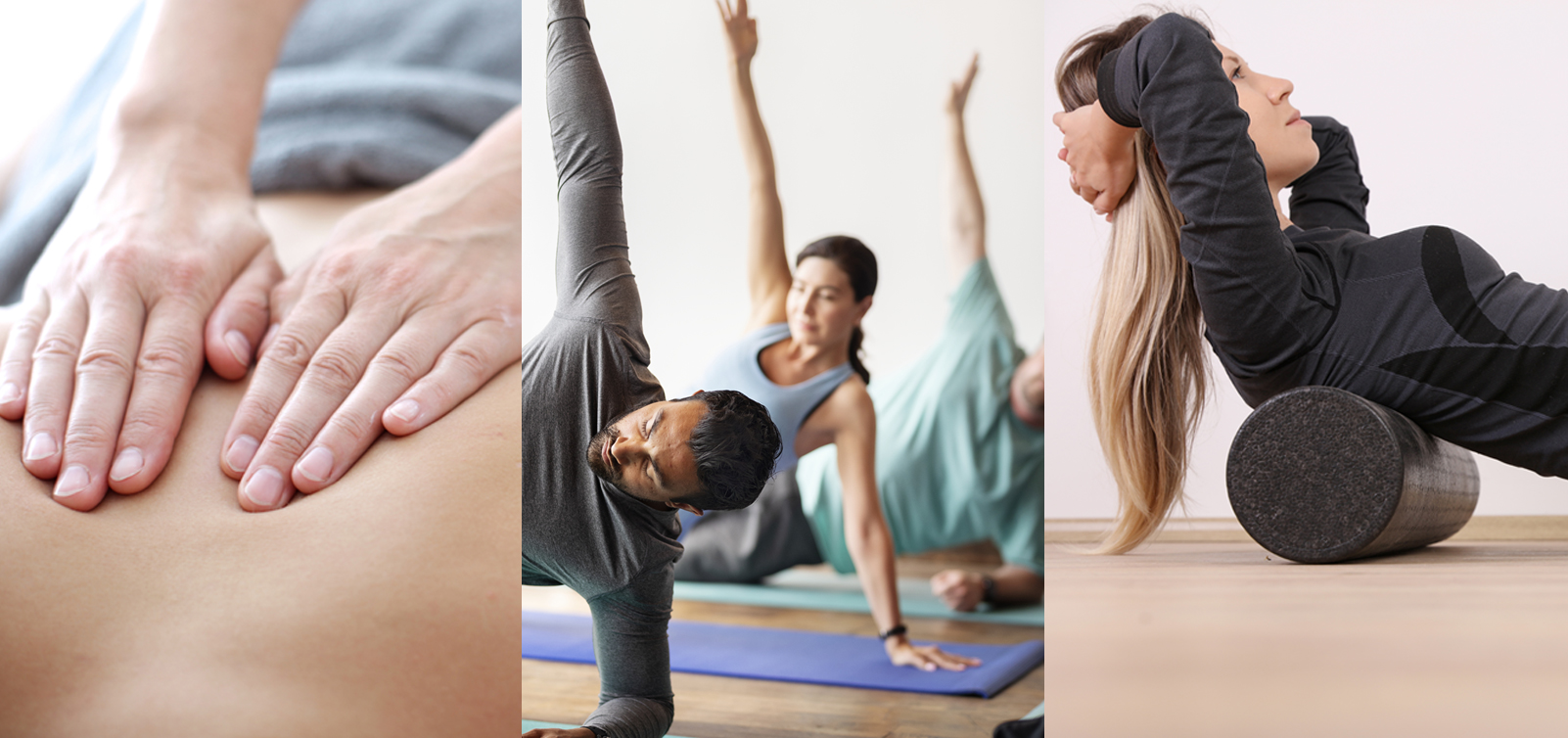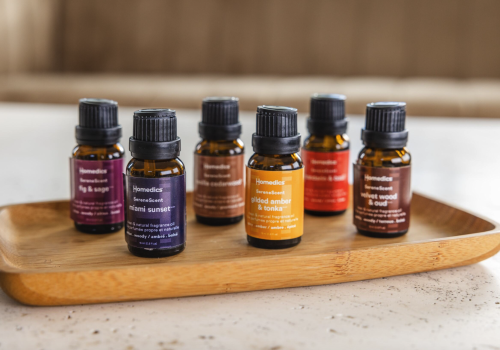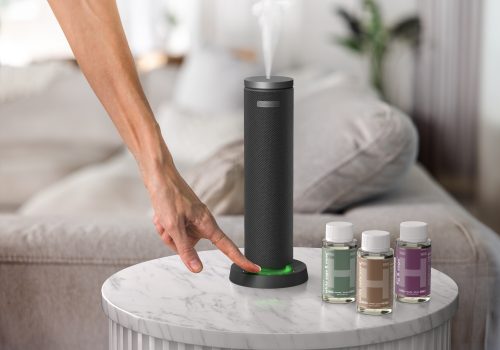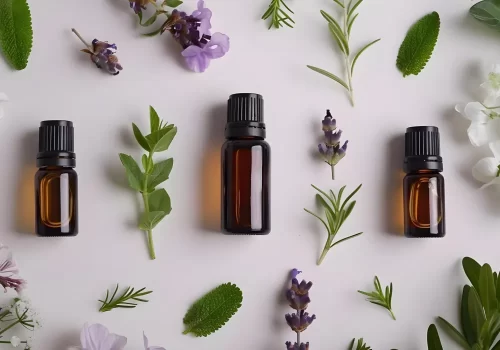Q&A on the Benefits of Physical Therapy
Whether you’re a professional athlete, a weekend warrior, or suffering from chronic pain, it’s important to find ways to soothe your muscles pre-workout, post-workout, during recovery, and the day-to-day. That’s why we spoke to Dr. Nirja Gajjar, Physical Therapist (PT), Doctorate of Physical Therapy (DPT), Registered Yoga Teacher-200 (RYT-200), about her approach to physical therapy.
Q: What is your approach to physical therapy?
Dr. Gajjar: My approach has been heavily influenced by Myodetox’s vision. We use manual therapy and movement to drive change in the body. Personally, I love looking at the body in a holistic manner by assessing posture and movement first, then taking a look at the ribcage, breathing mechanics, and overall mobility. Based on what I find, the rest of the session is spent working on hands-on treatment and using individualized exercises that are customized to your needs. Other factors that I like to look at are stress levels, nutrition, and sleep.
Q: How can physical therapy help with chronic pain and injury?
Dr. Gajjar: Physical therapy will always have a place in helping with injury and chronic pain because of the way we look at all factors that may be impacting someone’s pain and quality of life. Patients with chronic pain and injuries require education regarding their symptoms, strengthening and flexibility exercises, manual therapy, and movement retraining, all of which physical therapy can help with.
Q: What are the benefits of heat therapy for people who aren’t athletes?
Dr. Gajjar: Heat therapy can be beneficial for muscle relaxation. If my clients are dealing with muscle spasms, I’ll typically prescribe using a hot pad to help relax their muscles in order to improve movement. Then, we’ll work on joint mobility and other soft-tissue techniques during our session.
Q: How do you incorporate sports recovery like massage guns, foam rollers, and stretching into your practice?
Dr. Gajjar: I use my myofascial therapy gun prior to working out to promote blood flow, as well as before bed on my feet or upper traps after a long day to promote relaxation before bed. I love using my foam roller to create more mobility in my upper back after a long day of computer or phone work. Another way you can use your foam roller is as a supplement to movement. For example, foam rolling the quads and TFL (tensor fasciae latae) muscles can help create better squat mobility by giving your body more space to move within.
As a yoga teacher, I work on stretching through my asana practice. I always spend a good chunk of my time breathing awareness and quality. I find that a lot of my clients hold their breath or don’t perform a full breath cycle while stretching, which is necessary to create change at a cellular level.
Q: Do you have tips for how to practice breathing?
Dr. Gajjar: A simple way to become more in tune with your breath is to place your hands around your rib cage, close your eyes, feel your rib cage expand into your hands with each inhale, and then fall back when you exhale. This is a great way to reduce stress, increase clarity, and promote relaxation.
Q: What can people do to help their bodies before they reach the point of needing a physical therapist?
Dr. Gajjar: I truly believe that receiving an assessment is a great way to understand where your body likes to live and what movement patterns you prefer. This can highlight areas where you may need more movement options and variability in order to reduce overusing a specific area in your body. Obviously, we can’t reduce all risk of injury as there are so many other factors that play into recovery like nutrition, sleep, hydration, etc. Other actions people can take are strengthening, stretching, and becoming more active—you lose what you don’t use!
Q: What else can athletes (and non-athletes) do to protect themselves from injury?
Dr. Gajjar: The best thing professional and everyday athletes can do is see a professional to find out their weaknesses and continuously work on them. With the rise of working from home due to the pandemic, I’ve found that most of my clients are dealing with neck/shoulder pain and low back pain. Getting up throughout the day and stretching for 2-3 minutes every hour can make a huge difference in posture. Another issue with the pandemic is that most people have been jumping back into activity full force even though it’s been a while since they have moved that way, because of quarantining. Honor where your body is currently, and slowly introduce exercise as the capacity of your tissue to handle that load has decreased. Be sure to emphasize quality sleep, hygiene, focus on proper nutrition and hydration, and be sure to spend adequate time on warm-ups and cooldowns before and after exercise. Incorporate dynamic warm-ups that incorporate breathwork, mobility work, and muscle prep/activation.
Medical Disclaimer: This content is provided for informational purposes only and not intended to be a substitute for professional medical advice, diagnosis or treatment.
BIO

Dr. Nirja Gajjar, PT, DPT, RYT-200 received her doctorate of physical therapy at Emory University and has been practicing for two years. As a yoga instructor who has been trained in pelvic floor therapy, Dr. Nirja Gajjar enjoys working with everyday athletes, yogis, pilates lovers, female athletes, and postnatal mothers. You can follow Dr. Nirja Gajjar on instagram at @theveggiept.






